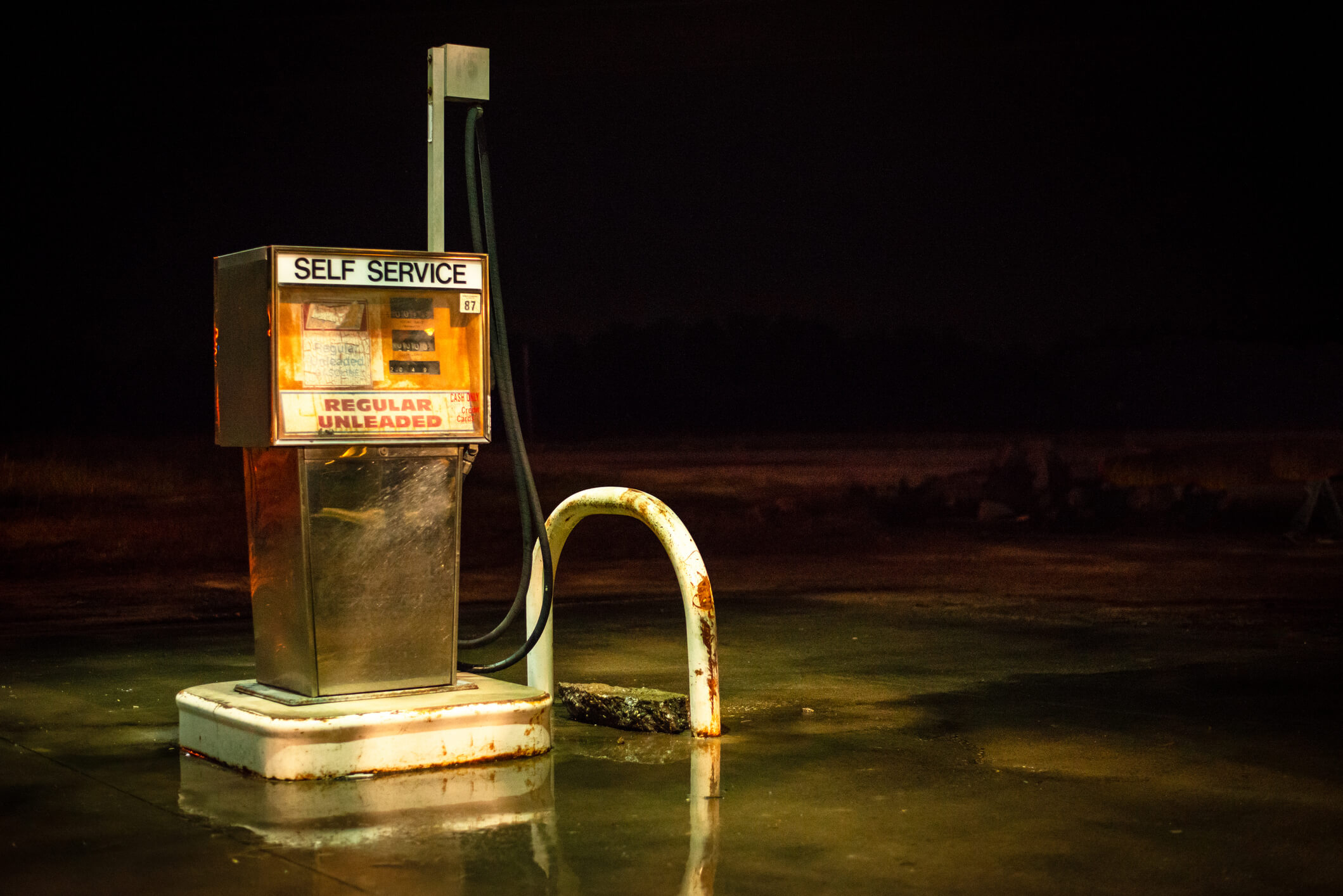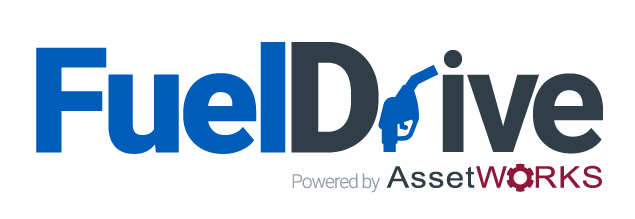
Having the power to fuel on-site is an amazing thing. Convenience, control and even potentially cutting costs are just a few of the benefits you can achieve by having your fuel station at your disposal. However, while having your site at your disposal, you are also responsible for the upkeep and maintenance. To the new user, it may seem like you may only need to refill the storage tanks, but that is just the tip of the iceberg. To help make sure that you are making the most from your investment through proper maintenance procedures, you should be aware of these five great ways that you can keep your fuel site the best it can be.
1) Prepare to Pass Your Inspections
Waiting for the inspector to tell you something is wrong is already too late. Taking the extra step to conduct your own inspections will take you farther than you realize. Doing things like daily or weekly visual inspections will have you constantly monitoring your site, so then you will be more alert about anything that looks worn out or out of place. These kinds of checks will keep you away from any evident equipment failures and keep your site running smoothly.
When it comes to the actual inspections, you may be wondering: what exactly you should be expecting? Inspections come in many forms depending on the agency, but generally there are some things you can definitely expect. Unannounced annual state and local regulatory site inspections are in place to make sure that you are compliant at all times, not just when you need to be. Others include Stage 1 vapor recovery inspections and annual equipment inspections. One thing to keep in mind is that the inspections themselves also can vary depending on other variables, including: which fuel types you are utilizing, your storage and tank methods, capacity and even usage, so it is important to know these details to know which rules you should be complying to.
2) Keep on the Right Side of the Law
The easiest way to maintain your fuel site is simple: keep on the right side of the law. That means that you maintain compliance with all federal, state and local regulations. By making sure you are up to date with the current standards, you can feel comfortable that your site is free of any issues, all while making sure your organization stays out of trouble. Agencies can, and will, shut down your fuel site if you are not up to date on regulatory standards, so it pays to make sure you’re always up to date. Most fuel operations officers find that the main keys to maintaining performance are: performing fuel inspections, repairs and testing in appropriate intervals; ensuring timely, documented responses to fuel site issues; and properly maintaining documents at each fuel site. These three things are imperative because they will help you avoid fines. These fines will ultimately be more expensive than what it actually takes to be compliant on the right side of the law.
3) Build Your Team and Secure Your Funds
It is one thing to find an issue, it is a whole different category to actually step up and make the intended changes. It is your absolute responsibility to see the issues and address them in an efficient manner. At the same time, it is important to keep your budget in mind as well, finding that happy medium where you can save money and stay compliant is a necessity. Fleet managers usually try to make sure they get the resources they can, and they try to make sure they have contacts to resources not as readily available. Those relations will be imperative when the time comes because we know that unexpected things can, and will, happen. A focus on preventive maintenance is important due to the fact that if things get out of control, you can always get the help you need to save your fuel site. If you are looking for more tips about fuel management, check out this blog.
4) Be on the Lookout for Outdated Fuel Site Systems
We all understand wear and tear is a part of life, but we definitely need to make sure that it does not get to the point of ruining your equipment. Keeping an eye out for things like cracked or chipped concrete on fuel islands or on top of underground storage tanks; missing, cracked or damaged inspection hole covers; dirt buildup and stains on fuel islands; and chipped paint on metal rails are just can help you avoid being hit with extravagant fines. Fuel site problems can vary just as much as the equipment does, if not more so, so it is important to know your site and how it should be running so you know what to pick up on when there is an evident issue. Some sites have taken an extra step to incorporate automated systems to send alerts whenever there is an alarm condition on the tank’s monitoring panels. Staying on top of things keeps your fuel site safe and operational, but also reduces costs in the long term. The longer you want to address an issue, the harder, and more expensive, it can get.
5) The New Standard should be Your Standard
Going hand in hand with compliance is making sure you are keeping up with regulatory standards. Regulations are always subject to change, some as often as yearly, and it is your job to make sure that your site is staying consistent with industry standards. These changes can be complex, or as simple as swapping detectors to opposing sides from where they were originally mounted, it really depends on the climate of the industry and what is required at any specified time.
It can seem daunting, but there are many things you can do to make sure that you are always in the loop. The easiest, and most effective, way is to make sure that you are signed up for emails from regulatory agencies so that you can always get notifications about what is happening and if anything is changing in the industry. Doing this allows you to make sure that if here are any updates to standards or policies, you will be among the first to know so that you can make any changes if necessary. Another way is to do some personal exploration yourself. Going out of your way to look for anything that looks like it could improve your site is a great way to stay ahead and make sure that your fuel site is in the best shape it can be. This can go beyond just looking for trends, though. Contacting agencies personally just to check in and make sure you’re not missing anything is widely encouraged, shows initiative and builds a relationship. Along with that, agencies sometimes hold trainings for this very reason. This allows you to be a part of the conversation, including asking questions and raising specific concerns.
Following these steps does take a bit of extra effort, but you will see the results instantly in the long run. By staying ahead of rules and regulations, over time you will save yourself time, money and energy, and you will see your fleet flourish in response.










